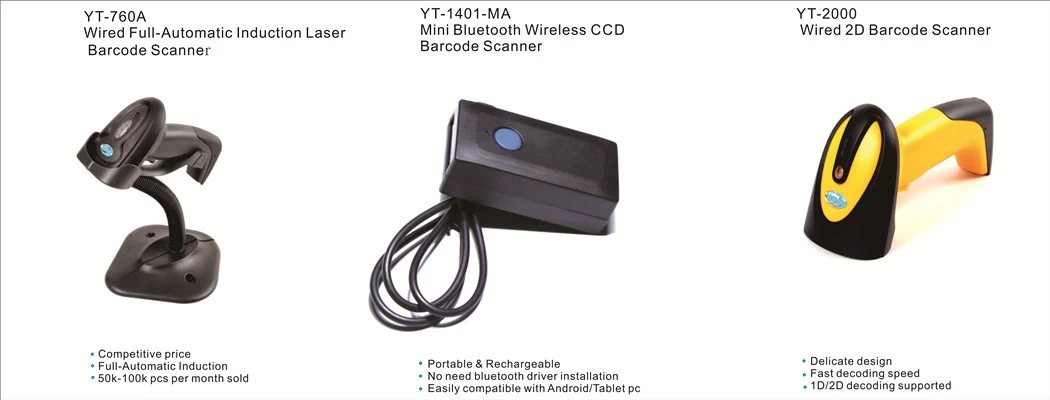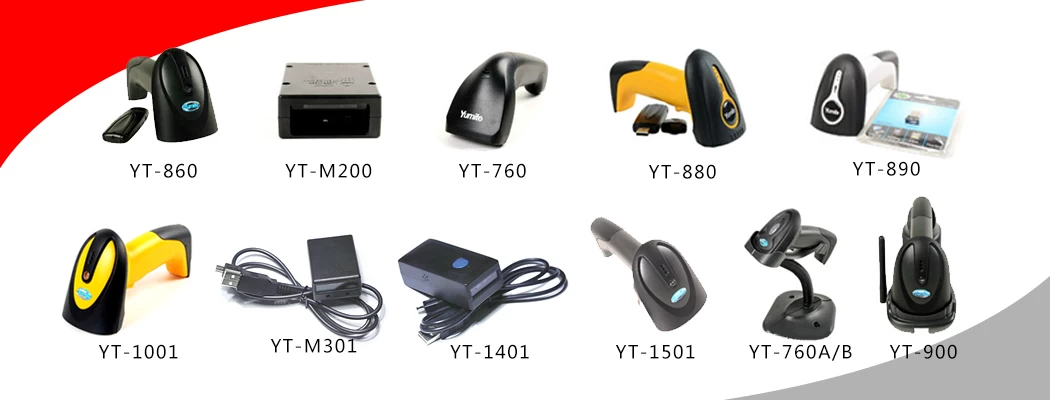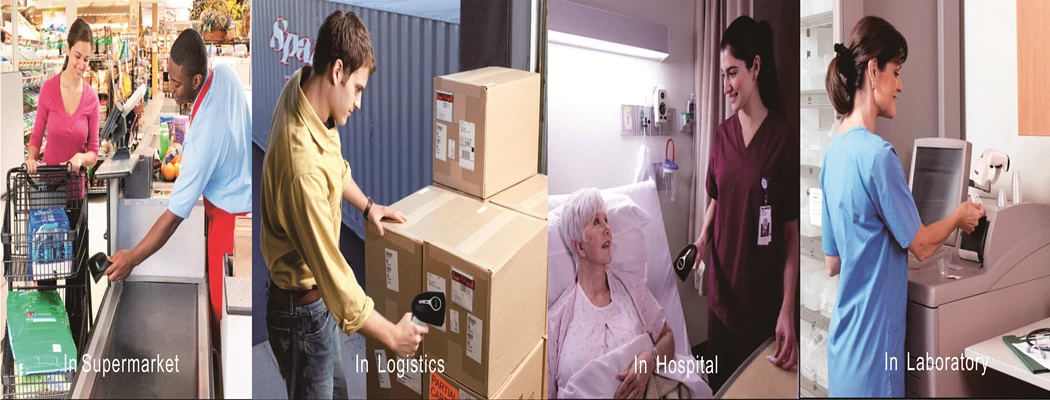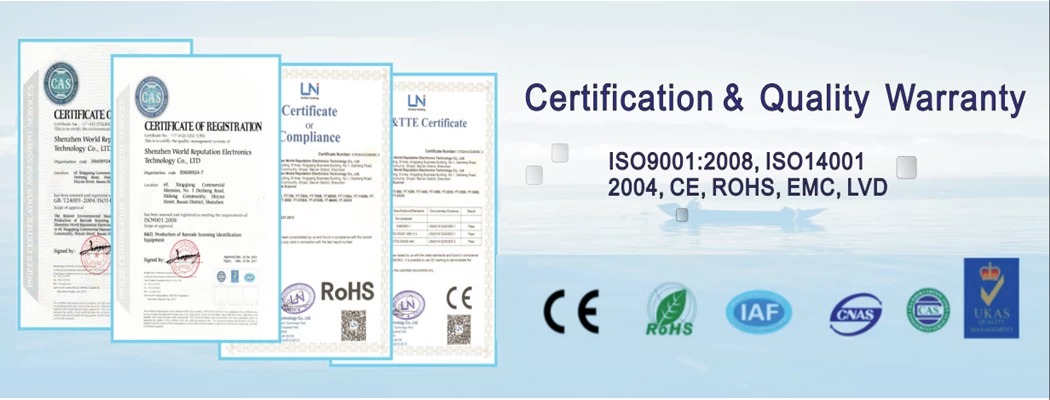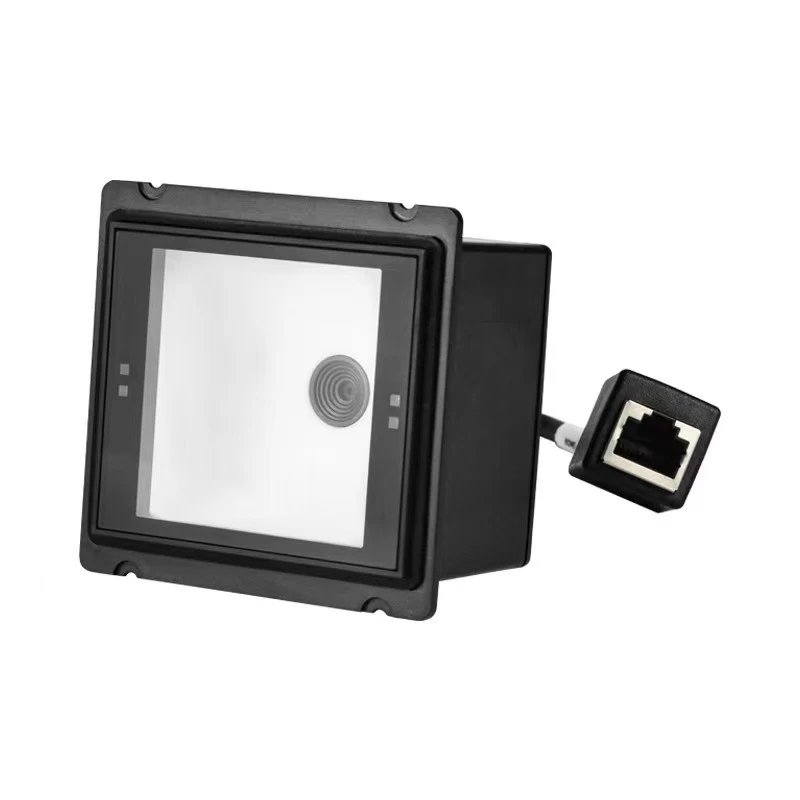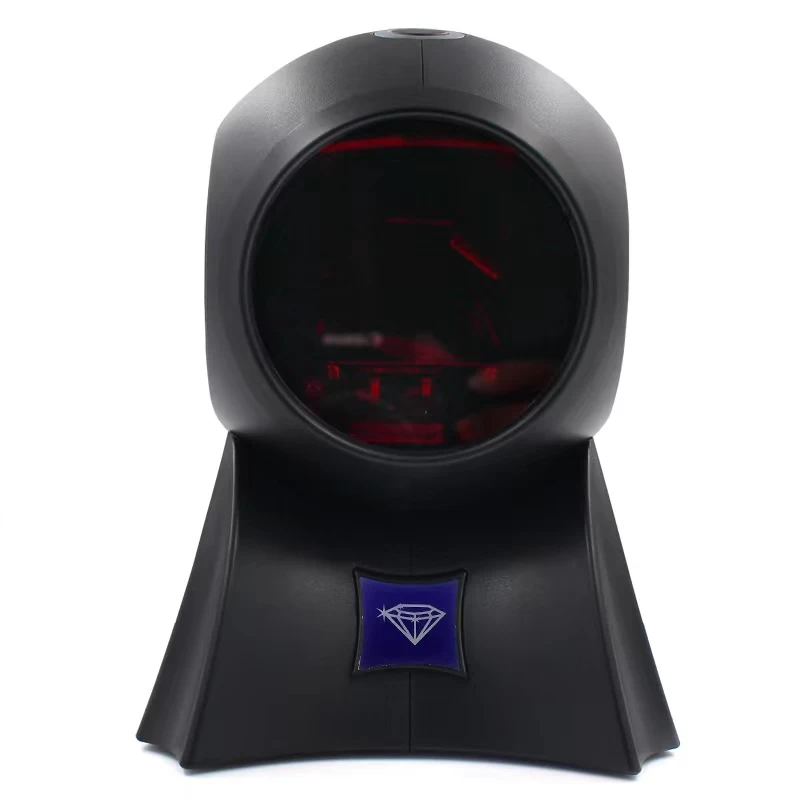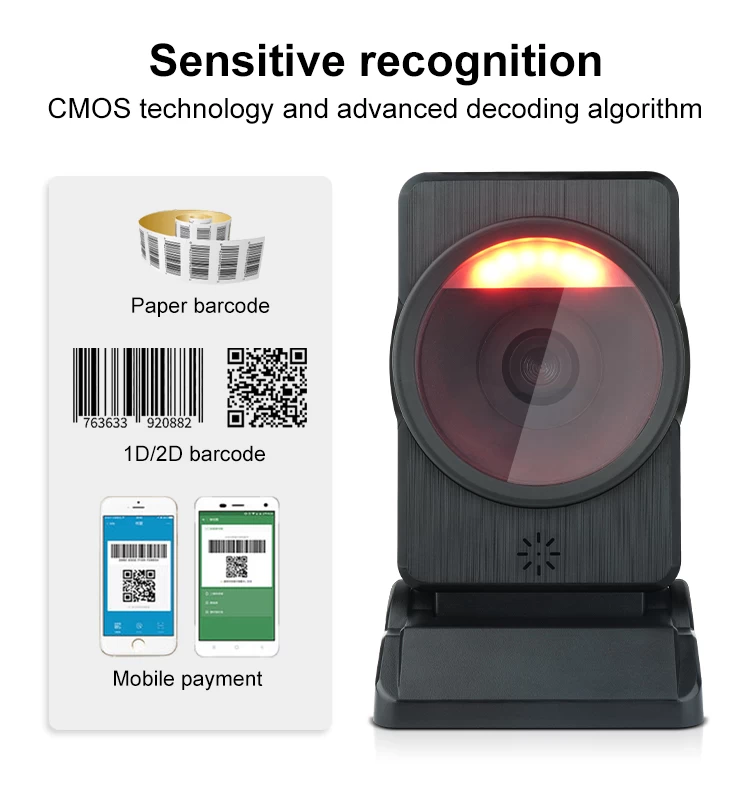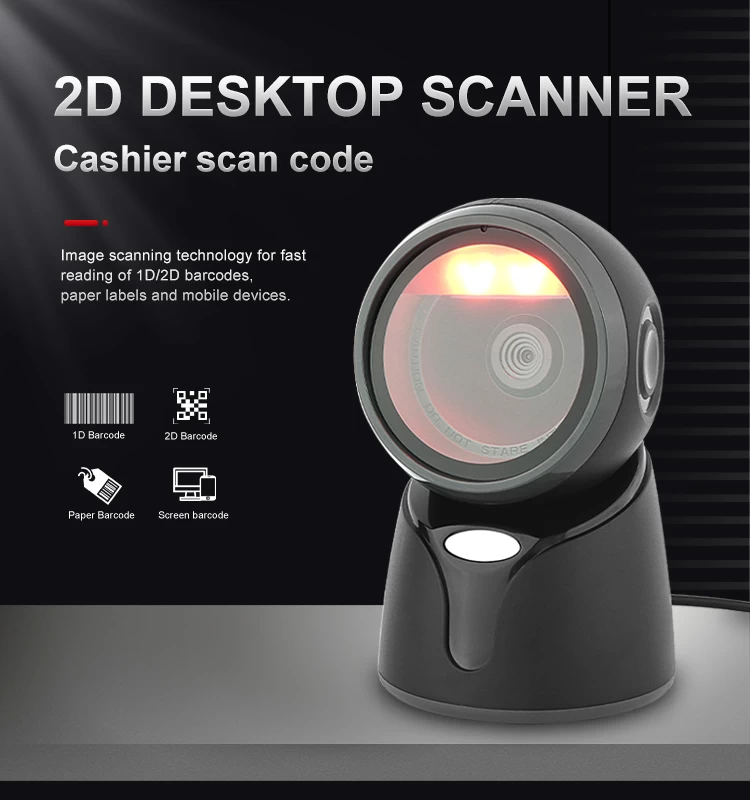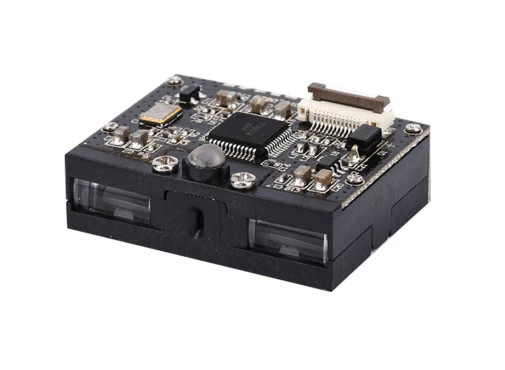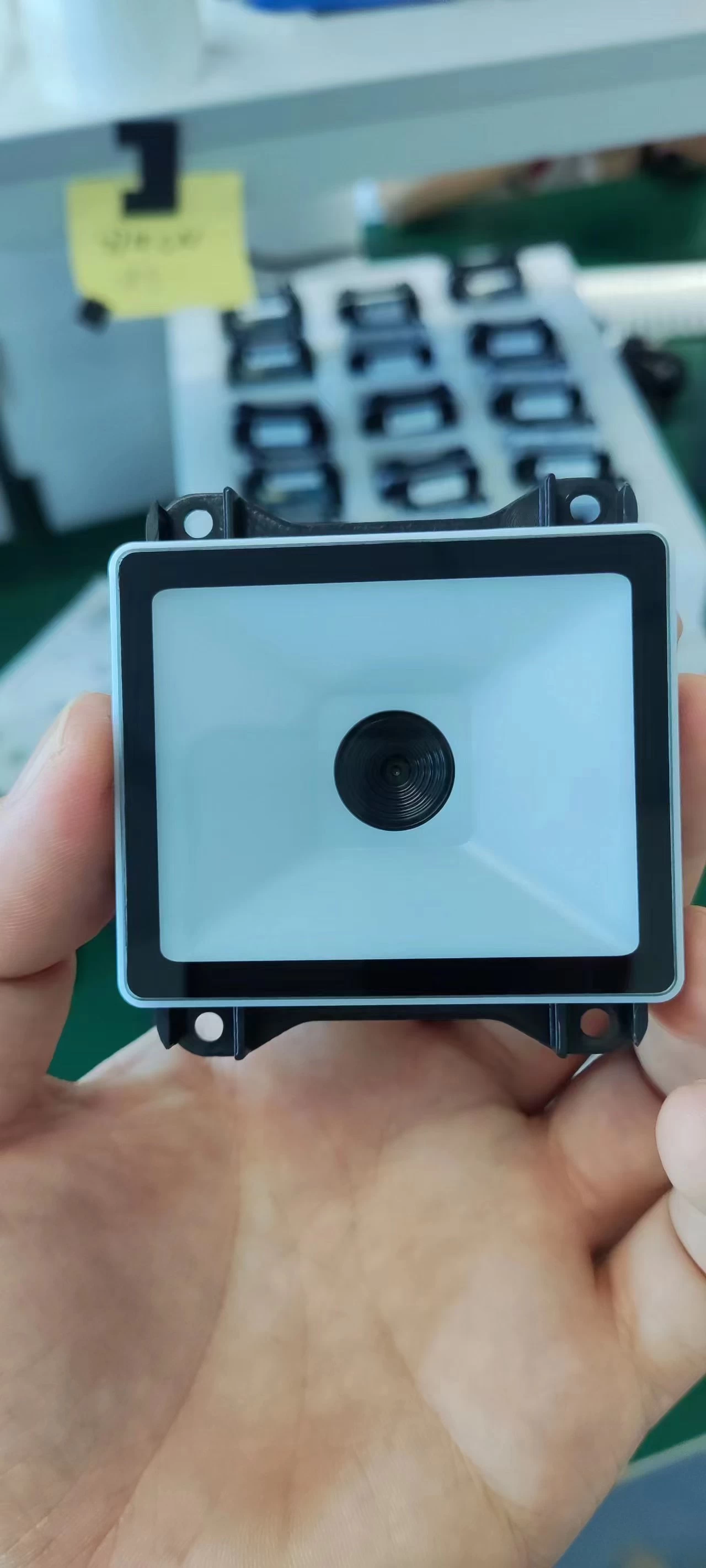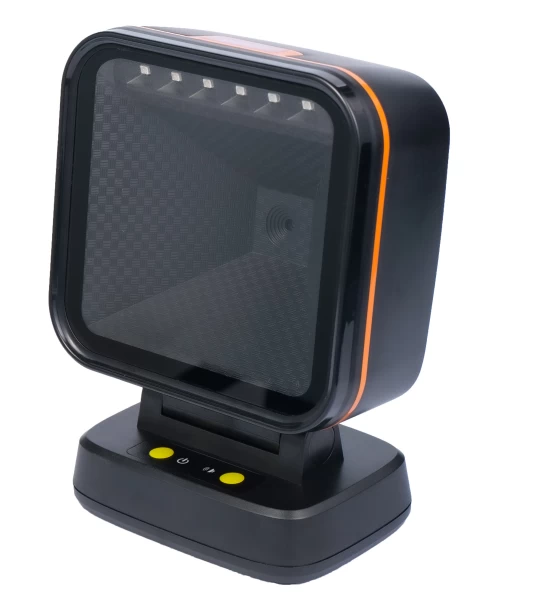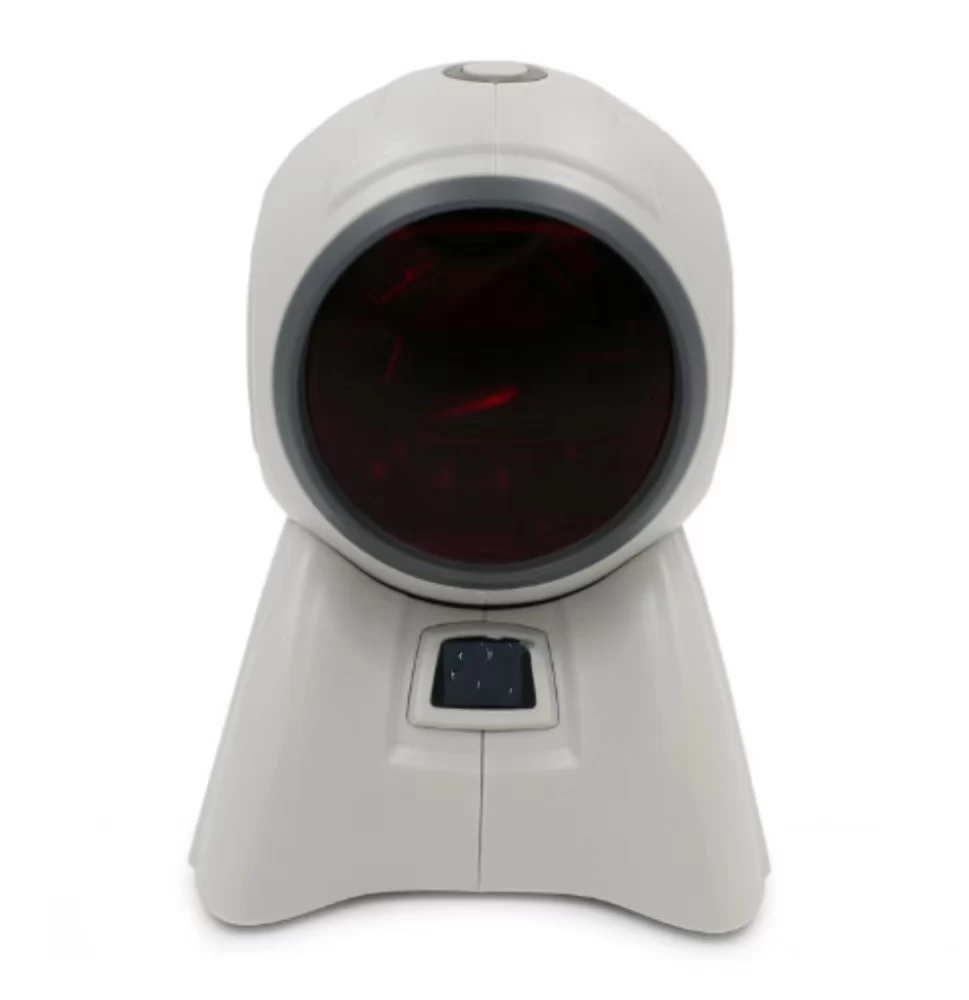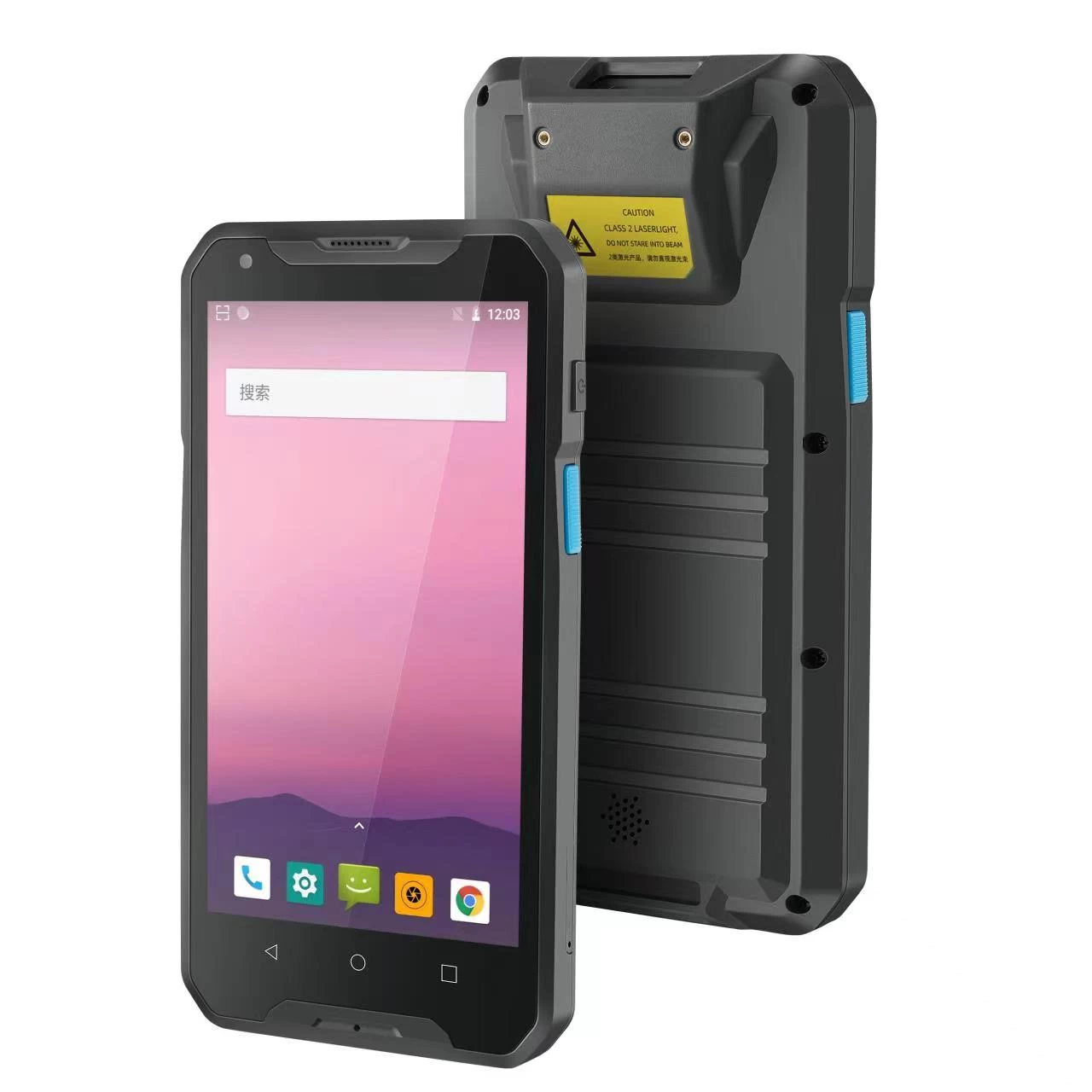Barcode Scanner Buying Guide: Choosing the Right Barcode Scanner(I)
Fiona
Yumite
2016-03-21 10:56:35
Barcode scanner have become easier to use than ever before. Long gone are the days of dealing with decoder boxes and multiple cables going everything. Simply plug the cable into the scanner and PC and you're up and running!
While their operation has become easier, there are now more options and varieties of scanners to choose from. Picking the right one can be a challenge without understanding the various types and options.
The first step in finding the right scanners in identifying your specific needs:
Knowing how you'll be using the scanner will help you decide what scanner type, form factor, and other options you'll need. Understanding each of these factors will help you find the right scanner for your needs.
One of the most important concerns when choosing a suitable scanner is the type of scan engine it has. This is ultimately dependent on the type of barcodes that you will be reading and how aggressive of a unit you'll need. There are 3 main types of scan engines:
Laser
This is the most well known scanner type. It uses a red diode laser to read the reflectance of the black and white spaces in a barcode. Laser scanners are only able to read standard linear(1D) barcode but are also the most cost effective option. Standard laser scanners can read from a few inches to a foot or two away depending on the size of the barcode. There are also extended range laser scanners, like the Yumite YT-760A, which can read up to 35ft away when using large reflective labels.
Linear Imager
Linear imager scanners are similar to lasers in that they also only read 1D barcodes. But instead of reading reflected light from the laser, they take a picture of the barcode. It then analyzes this image to extract the information from the code. Linear imagers, like the Yumite YT-1301, have become a very good replacement for laser scanner as their read ranges and costs have become similar. A linear imager also does a better job reading poorly printed or damaged codes compared to lasers. For applications that need a more aggressive scanner, a linear imager will be a great fit for the same cost.
2D Area Imagers
Like linear imagers, full 2D imagers also capture an image to analyze. But compared to the linear only devices, these scanners can read any type of barcode.1D, stacked, and 2D barcodes are all supported by a 2D imager. Another advantage these imagers have is that the orientaion of the barcode isn't important when reading. With lasers and linear imagers, you have to line up the indicator horizontally across the barcode. A 2D imager is taking a more detailed image and is more intelligent, so you can read a code in any direction. This results in faster reads with less aiming. 2D imager, like the Yumite YT-2001, can also read barcodes off of any surface including a monitor or phone screen. With their added abilities and very aggressive reading, 2D imagers are becoming more popular in all industries to speed up scanning applications and expand the ways in which barcodes are used.
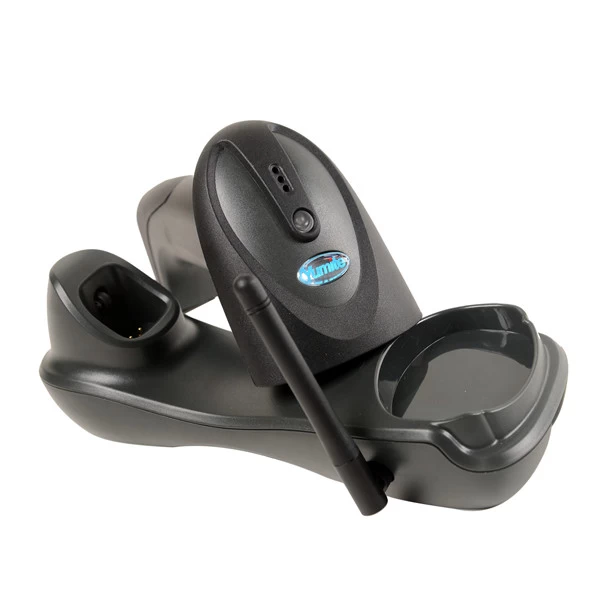
While their operation has become easier, there are now more options and varieties of scanners to choose from. Picking the right one can be a challenge without understanding the various types and options.
The first step in finding the right scanners in identifying your specific needs:
- Where will the scanner be used? Is it a rugged environment?
- How often will it be used?
- What kind of barcodes will you be reading?
- How will the scanner be used?
- Can you stay connected to a PC?
Knowing how you'll be using the scanner will help you decide what scanner type, form factor, and other options you'll need. Understanding each of these factors will help you find the right scanner for your needs.
One of the most important concerns when choosing a suitable scanner is the type of scan engine it has. This is ultimately dependent on the type of barcodes that you will be reading and how aggressive of a unit you'll need. There are 3 main types of scan engines:
Laser
This is the most well known scanner type. It uses a red diode laser to read the reflectance of the black and white spaces in a barcode. Laser scanners are only able to read standard linear(1D) barcode but are also the most cost effective option. Standard laser scanners can read from a few inches to a foot or two away depending on the size of the barcode. There are also extended range laser scanners, like the Yumite YT-760A, which can read up to 35ft away when using large reflective labels.
Linear Imager
Linear imager scanners are similar to lasers in that they also only read 1D barcodes. But instead of reading reflected light from the laser, they take a picture of the barcode. It then analyzes this image to extract the information from the code. Linear imagers, like the Yumite YT-1301, have become a very good replacement for laser scanner as their read ranges and costs have become similar. A linear imager also does a better job reading poorly printed or damaged codes compared to lasers. For applications that need a more aggressive scanner, a linear imager will be a great fit for the same cost.
2D Area Imagers
Like linear imagers, full 2D imagers also capture an image to analyze. But compared to the linear only devices, these scanners can read any type of barcode.1D, stacked, and 2D barcodes are all supported by a 2D imager. Another advantage these imagers have is that the orientaion of the barcode isn't important when reading. With lasers and linear imagers, you have to line up the indicator horizontally across the barcode. A 2D imager is taking a more detailed image and is more intelligent, so you can read a code in any direction. This results in faster reads with less aiming. 2D imager, like the Yumite YT-2001, can also read barcodes off of any surface including a monitor or phone screen. With their added abilities and very aggressive reading, 2D imagers are becoming more popular in all industries to speed up scanning applications and expand the ways in which barcodes are used.


